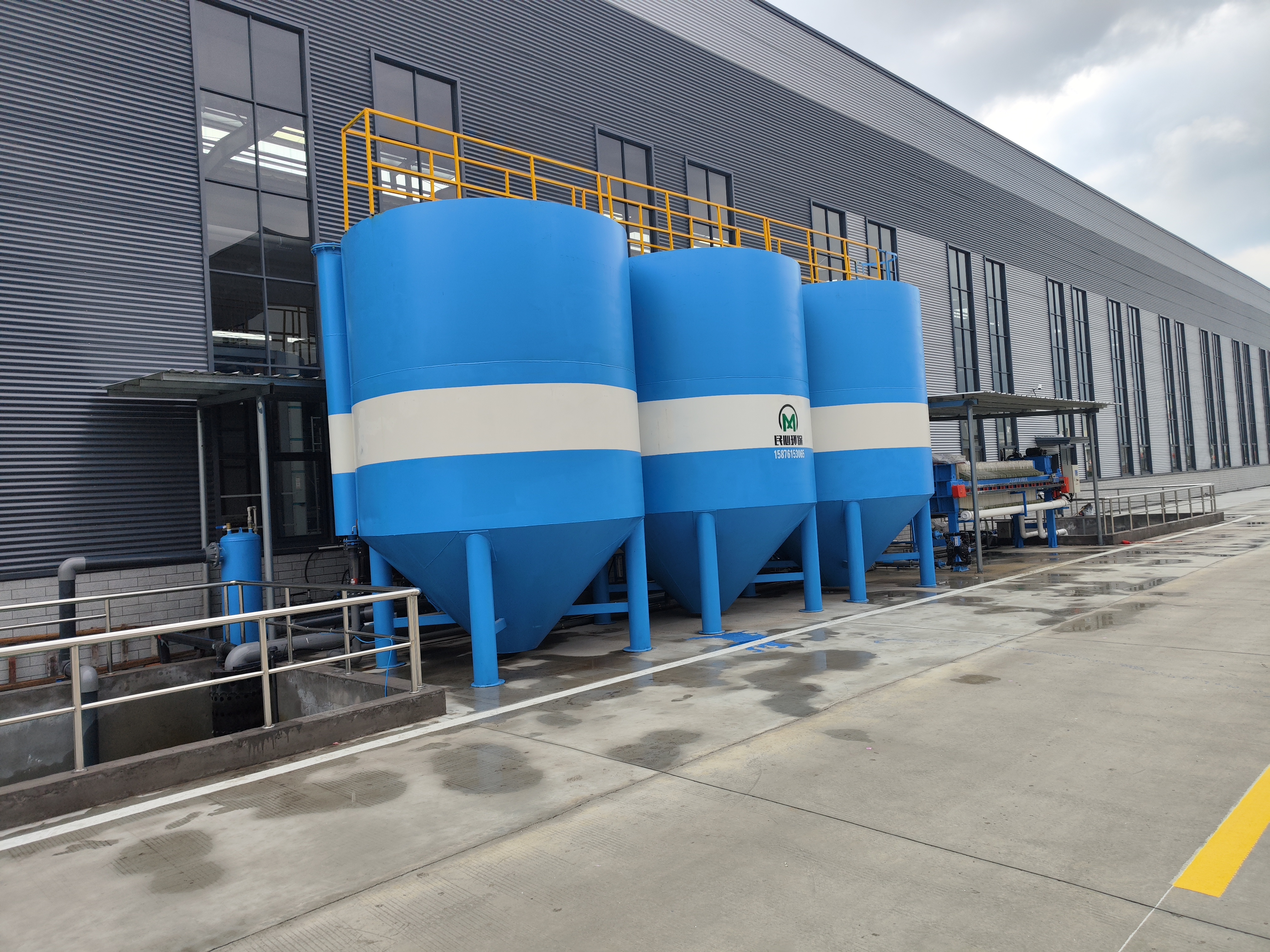1. Why choose wastewater treatment cycle?
In the modern glass industrial landscape, efficient wastewater treatment is of paramount importance. This holds especially true for the glass industry, where the production processes generate significant amounts of wastewater that require careful treatment to meet environmental standards and ensure sustainable operations.
The wastewater treatment cycle for the glass industry is a complex and multi-step process designed to remove contaminants, pollutants, and impurities from the water, making it safe for reuse or discharge into the environment.
The implementation of an effective wastewater treatment cycle in the glass industry not only helps in protecting the environment but also brings several economic benefits. Reusing treated wastewater reduces the demand for fresh water, leading to significant cost savings. Moreover, compliance with environmental regulations avoids potential fines and reputational damage.
2. Glass industry wastewater treatment cycle production process

The treatment process of this wastewater treatment cycle involves collecting the wastewater discharged from multiple glass edging machines, beveling and mitering machines, drill machines, sanding machines, CNC equipment, etc. into a wastewater pool. An aeration device is installed at the bottom of the wastewater collection pool to prevent the glass fines from readily precipitating at the pool's base. The integrated reaction tank combines water pumping, dosing, reaction, and drainage functions.
The treated clean water is discharged into the clean water tank for reuse in glass grinding edges, significantly reducing the blockage and damage to the water outlet nozzles of the glass grinding edge machines, extending the machines' service life, and enhancing the grinding efficiency. The solid waste processed by the efficient integrated reaction tank is discharged into the sludge pool and then pumped by a diaphragm pump to the filter press to be compressed into a solid glass plate. This solid glass plate can be directly managed subsequently to prevent environmental pollution.
3. Waste Water Treatment Cycle Configuration

4.Treatment water quality effect
| No | Item | water inlet quality | Purified water quality |
| 1 | PH | Edging wastewater | 6~9 |
| 2 | SS(mg/L) | Edging wastewater | <30 |
| 3 | COD(mg/L) | Edging wastewater | <60 |
| 4 | color | Edging wastewater | <30 |
| 5 | AMMONIA(mg/L) | Edging wastewater | <25 |

5. More than 500 installation cases in total




